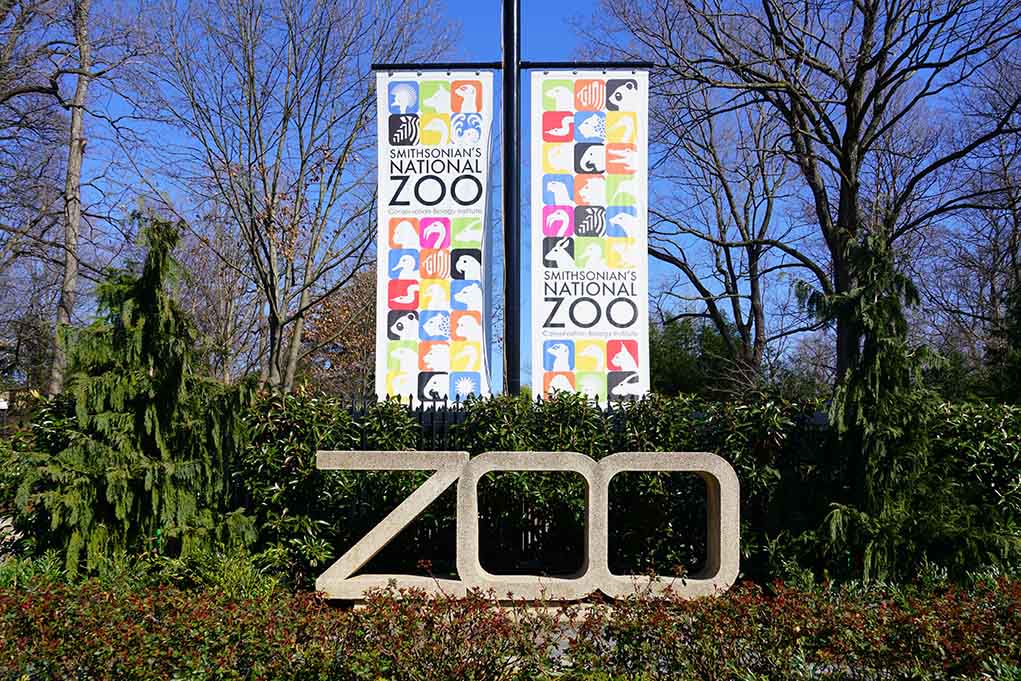A zookeeper’s fatal decision to enter a lion enclosure in Uzbekistan ends in tragedy, raising questions about zoo safety protocols. F. Iriskulov, a zookeeper in Uzbekistan, tragically lost his life after attempting to impress his girlfriend by entering a lions’ enclosure.
Tragic Incident Unfolds at Uzbekistan Zoo
On December 17, a routine night shift at a private zoo in Parkent, Uzbekistan, became a horrific tragedy. F. Iriskulov, a 44-year-old zookeeper, made the fatal decision to enter a lion enclosure, resulting in his untimely death. The incident has sent shockwaves through the zoo community and raised serious questions about safety protocols in animal facilities.
Viral Video: Zookeeper Avoids Death After Making Eye Contact With Lion | Lioness Acts as Rescuer | WATCH#Lionesses #Lions #lionattack #lionattackzookeeper #attacks #animal #ViralVideos https://t.co/5AQMf425us
— Republic (@republic) April 30, 2024
According to reports, Iriskulov filmed himself unlocking the enclosure and interacting with the lions. The video footage, which has since become evidence in the ongoing investigation, shows the zookeeper calling one of the lions by name. “Simba, be quiet,” Iriskulov can be heard saying before the attack.
I am still awaiting details about this fatal mountain lion encounter today. We never want this to happen and my thoughts go out to the people involved.
This is the first fatal attack in California since 2004. Mountain lion attacks are extremely rare. Mountain lions have killed…
— Beth Pratt (@bethpratt) March 24, 2024
A Deadly Turn of Events
What began as an apparent attempt to impress his girlfriend quickly turned deadly. The lions, initially passive, suddenly attacked Iriskulov. The gruesome nature of the incident was revealed in an official statement: “The lions killed him and partially consumed his body.” This chilling detail underscores the inherent dangers of working with large predators, even for experienced professionals.
“The lions killed him and partially consumed his body.” Official statement.
The aftermath of the attack required swift and decisive action. Rescuers were forced to tranquilize two of the lions and fatally shoot a third to recover Iriskulov’s remains. It wasn’t until four hours after the incident that other zoo workers discovered the tragic scene, highlighting potential gaps in surveillance and emergency response protocols.
Safety Measures and Investigation
In the wake of this tragedy, local authorities have launched a thorough investigation. The Department of Internal Affairs released a statement assuring the public of their response: “As a result of the measures taken, the lions were returned to a special cage. No other people in the vicinity were harmed. There is currently no danger to the local population.” This response, while necessary, raises questions about the adequacy of existing safety measures.
“Due to the measures taken, the lions were returned to a special cage. No other people in the vicinity were harmed. There is no danger to the local population.” Department of Internal Affairs.
The zoo, operational since June 2019, houses various animals, including 10 adult African lions. All animal enclosures have been checked and secured in light of the incident. However, this tragedy serves as a stark reminder of the need for constant vigilance and stringent safety protocols in facilities housing dangerous animals.
A Call for Increased Safety Measures
This tragic event highlights the critical need for comprehensive safety regulations in zoos and animal enclosures. While the full details of the incident are still under investigation, stronger preventive measures could have averted this loss of life. Zoo management, animal welfare organizations, and regulatory bodies must work together to ensure that such incidents do not occur in the future.
As the zoo community and the public grapple with the implications of this tragedy, it serves as a somber reminder of the respect and caution required when working with wild animals. The loss of F. Iriskulov is not just a personal tragedy for his loved ones but a call to action for the entire industry to reassess and strengthen their commitment to the safety of animals and humans in these controlled environments.

